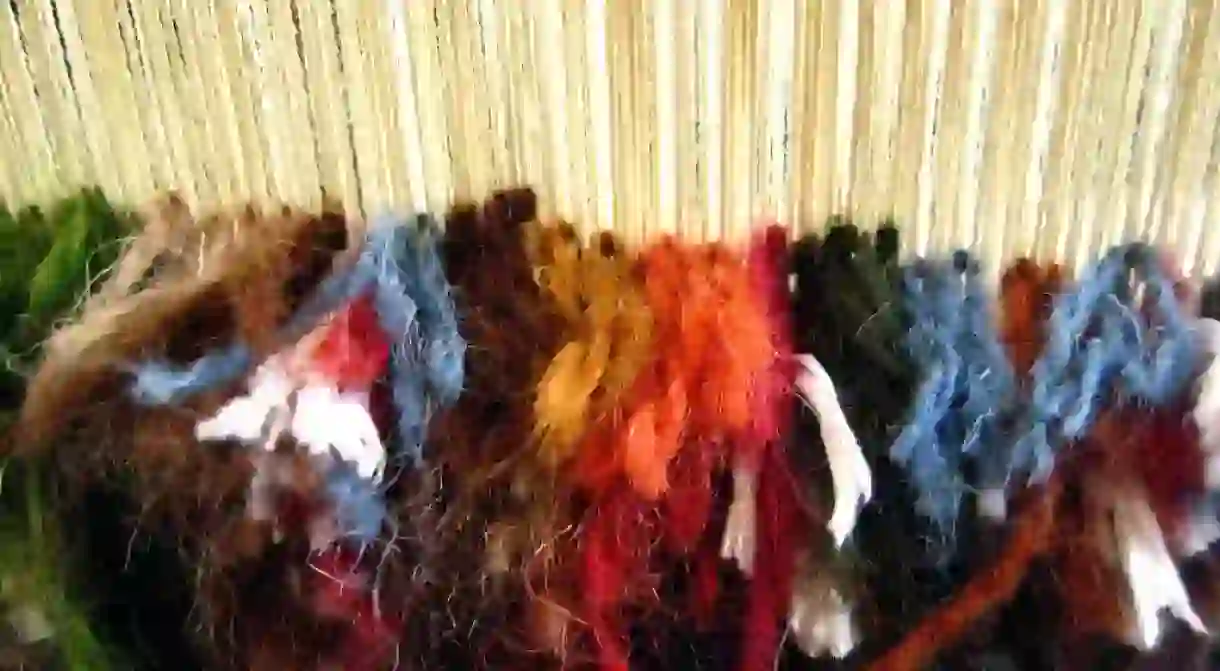A Brief History of Persian Rugs in Iran

Iran has a global reputation for its rugs, which are an integral part of the Iranian culture. It seems almost ironic that they are thrown on the floor and walked on, considering the time-consuming, labor-intensive nature of this art form. Here, Culture Trip explores this centuries-old tradition with a brief history of Persian rugs.
The process of creating a Persian rug starts with the grazing of sheep. Persian rugs are traditionally spun from sheep’s wool, the quality of which varies depending on the breed of sheep, climate, pasturage, and time of shearing. Women then turn the wool into thread by hand and boil the threads with natural dyes from plants and insects. For example, madder roots, cochineal, chamomile, grape leaves, pomegranate rind, and indigo produce reds, yellows, and blues. Only after the threads have dried does the weaving begin.

Weavers spend anywhere from several months to several years, depending on the size and quality of the rug, hunched over a loom creating thousands of knots. The rug often conveys the weaver’s character or mood, much in the same way an artist portrays their mood or views in a painting. Many rugs also contain intentional mistakes, symbolic that human beings are imperfect and perfection can only be attained by the creator. The rug is finally cut from the loom, washed, and dried in the sun. Although wool is the most traditional material, silk is also an option, but because it is a fine material, it doesn’t tolerate stress as well; therefore, silk rugs are ordinarily displayed on walls instead of on the floor.

Due to their susceptibility to deterioration and destruction, the exact origin of Persian rugs is not known. This art form, however, dates back at least to 500 BC with what is considered to be the oldest known carpet, the pile-woven Pazyryk carpet discovered in Siberia, said to have been a product of the first Persian Empire.

Many cities around Iran are recognized for their rugs. Tabriz has long been known as the center of rug production, and the city’s rug bazaar is a particularly fascinating locale where visitors can witness the trade, transport, and mending of rugs. Kerman is known for its finely knotted rugs, and Kashan for its silk rugs as well as being the oldest rug-producing city in central Iran. In fact, the “traditional skills of carpet weaving” in the Fars province and Kashan were inscribed as UNESCO Intangible Cultural Heritage in 2010. Rugs woven by nomadic tribes, such as the Qashqai and Bakhtiari, are particularly noted for the variety, bold colors, and elaborate designs. Because different groups throughout various time periods have woven Persian rugs, they are a reflection of both Iran’s history and its people. The Carpet Museum of Iran provides a fascinating history and details of this Iranian handicraft.













